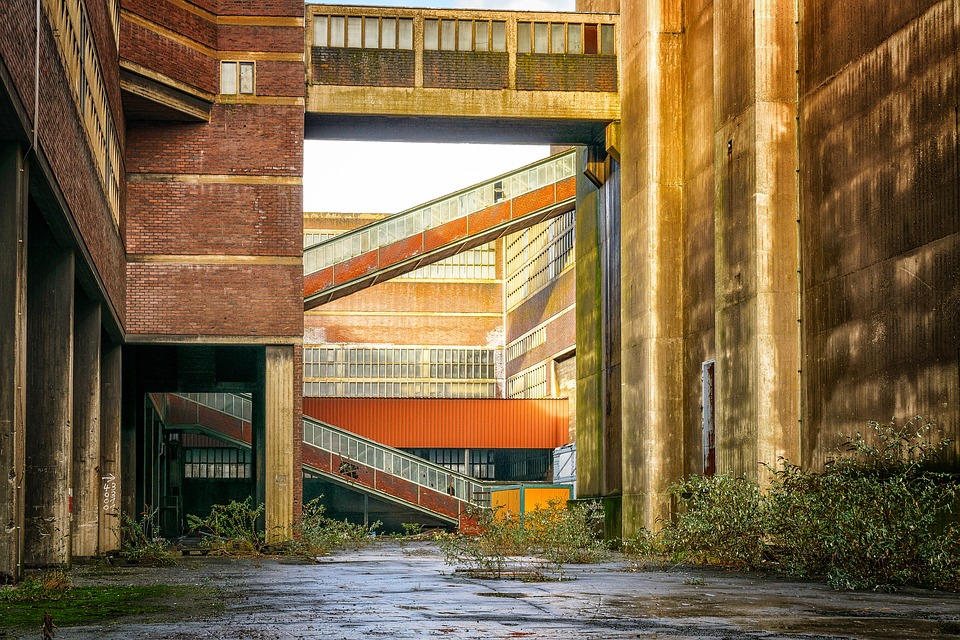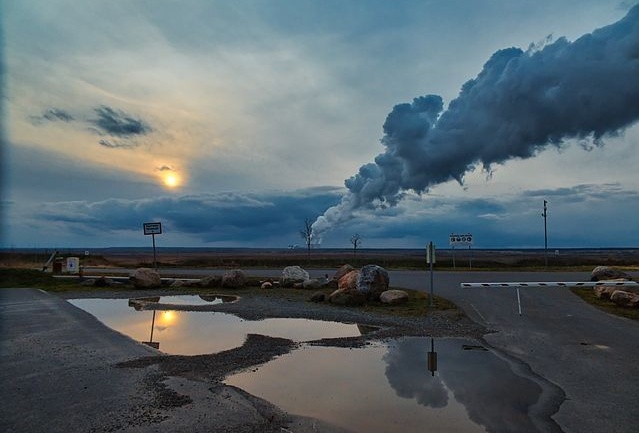By Hoang-Nam Vu, Staff Writer for Save The Water™ | August 19, 2016
Iron-removing bacteria are instrumental tools in the decontamination of areas of acidic mine runoff called acid mine drainage sites. These bacteria oxidize ferrous iron, making them useful tools in mine sanitization.1 Despite their usefulness, iron-removing bacteria are only marginally utilized due to conflict between the specific pH level and iron concentration at which they function and the varying pH levels and iron concentrations of acid mine drainage sites.
However, recent research has shown the variations between sites may not be as consequential as scientists had believed. A Penn State research team conducted a study evaluating the rates of iron oxidation by the bacteria that were submitted to different pH levels and iron concentrations.5 They discovered that these varying conditions did not matter much. The bacteria (sampled from local acid mine drainage sites) from each set of conditions (a high or low pH level and a high or low iron concentration) oxidized iron at similar and comparable rates, leading the team to believe that the bacteria they sampled included different varieties that functioned at varying pH levels and iron concentrations.
This variety of iron-oxidizing bacteria is good news for scientists looking to mitigate acid mine drainage contamination. Before this discovery, many drainage sites were left untreated. Scientists found the sites’ challenging conditions too expensive to treat. However, iron-removing bacteria specific to the drainage sites’ conditions are now a cost-effective option. Bill Burgos, Professor of Environmental Engineering at Penn State, said, “The conventional means of [sanitizing drainage sites] are not the most efficient, and they are certainly not the most cost-effective. Biological low-pH iron oxidation is economical and can be seamlessly integrated into an acid mine drainage treatment system.”5
The biological option of iron oxidation provides an economically sound solution to a prominent issue. Acid mine drainage occurs when sulfide components in the target ore are exposed to water and air, resulting in sulfuric acid.2 Sulfuric acid and other dissolved solids such as iron, manganese, and aluminum lower the pH of the water and negatively impact the water’s ecosystem.4 Other sanitization methods are costly and complicated compared to bacterial solutions, so widening the scope of these bacterial solutions could alleviate conditions in previously untreated drainage sites.
This discovery could also open up future research and broaden the scope of metal-removing bacterial solutions. A study published in Chemosphere found that rhizospheric bacteria may be useful in plant tolerance to heavy metal toxicity and may help accelerate the metal removal from contaminated water.6 Another study from the Journal of Shanghai University found that aqueous solutions containing certain strains of the bacterias E. Coli and B. subtilis could remove upwards of 50 percent of lead, cadmium, and chromium.3 No matter the bacterial species or the metal it removes, mitigating the chemical content of acid mine drainage site water is a healthy step in the process of cleaning up our mines.
References
- Bioclear Microbial Analysis. 2016. “Iron oxidizing bacteria.” http://bit.ly/2vHNkT5
- Earthworks. “Acid mine drainage.” https://www.earthworksaction.org/issues/detail/acid_mine_drainage#.V6tsuZgrLIX
- M. Huang, et al. September 2011. “Removal of heavy metals from aqueous solutions using bacteria.” Journal of Shanghai University, 5(3), 253-259. Retrieved from http://link.springer.com/article/10.1007/s11741-996-0035-4#page-1
- S.D. McAuley, M.D. Kozar. 2006. “Ground-water quality in unmined areas and near reclaimed surface coal mines in the northern and central Appalachian coal regions, Pennsylvania and West Virginia.” http://pubs.usgs.gov/sir/2006/5059/
- Pennsylvania State University College of Engineering. June 7, 2016. “Study looks at bacteria to remove metals from mine-impacted water.” https://www.sciencedaily.com/releases/2016/06/160607151509.htm
- J. Xiong, et al. July 26, 2007. “The role of bacteria in the heavy metals removal and growth of Sedum alfredii Hance in an aqueous medium.” Chemosphere, 70(3), 489-494. http://www.ncbi.nlm.nih.gov/pubmed/17662336




